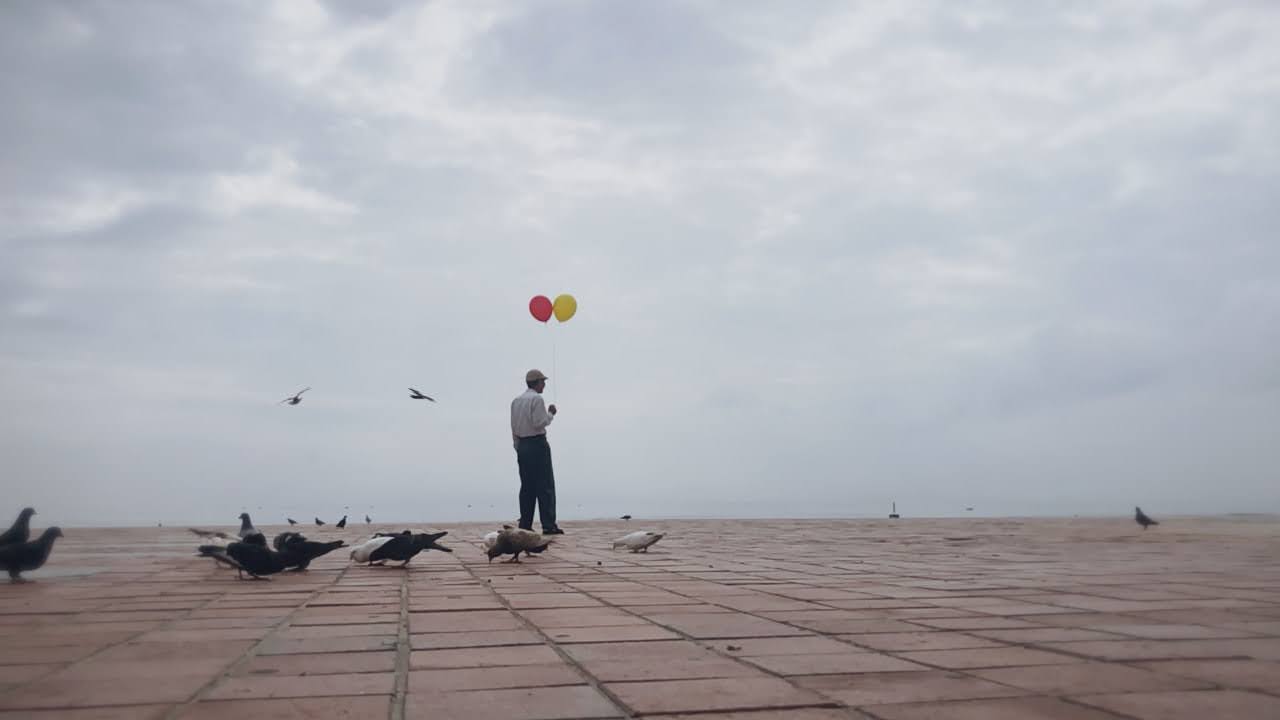Director Doan Hong Le makes films about ordinary lives that lived through the Vietnam War. Her 2022 film The Mother follows a woman who spent forty years searching for the daughter she lost during Operation Babylift. It marked the first time VTV, Vietnam’s national broadcaster, centered a protagonist from “the other side” of the war.
Her works also bring to light the stories that never made it into Vietnamese textbooks: the memories of war reporters who witnessed twelve brutal nights of bombing during “Dien Bien Phu in the air” (Documenting 12 Days and Nights, 2009); or the fight for justice for victims of the South Korean soldier massacre (The Long Journey to Peace, 2022).
For Doan Hong Le, “when ordinary people tell their stories, they create a collective memory. And that collective memory is also history.” By framing the Vietnam War through these memories, she shapes a portrait of history that is deeply human, one that exists beyond facts and figures.
Half a century has passed since the war ended. But alongside the victories, there are still wounds that haven’t healed.
I spoke with Doan Hong Le to answer: Why do we need to recall history through ordinary lives? And how do we move on with the wounds of war?
When you choose to recall history through the memories of ordinary people, is it because you want to draw a more human picture of the past?
I want to tell the stories of ordinary lives. Not generals. Not the ones who held power or made decisions. But people like Ms. Thanh, a survivor of a massacre. Or Ms. Dep, a mother who lost her child. Or the journalists who lived through those twelve nights of Dien Bien Phu in the air.
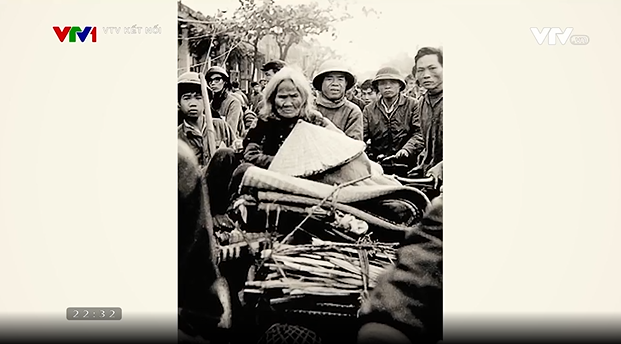
Take Bao Ninh’s The Sorrow of War, published in 1992 — almost the first time we saw the sadness of soldiers in Vietnam’s wars. A reminder that not everyone who returned came back draped in heroism.
And then there are the soldiers of the Army of the Republic of Vietnam. When I sought them out, many refused to tell their stories. They believed themselves to be the defeated. “There’s nothing glorious to recount,” they said. They only wanted to bury the past, to forget.
When ordinary people tell their stories, they build a collective memory. And that collective memory is also history. And when we listen to history through the memories of ordinary people, that’s when we begin to learn the history that never made it into textbooks.
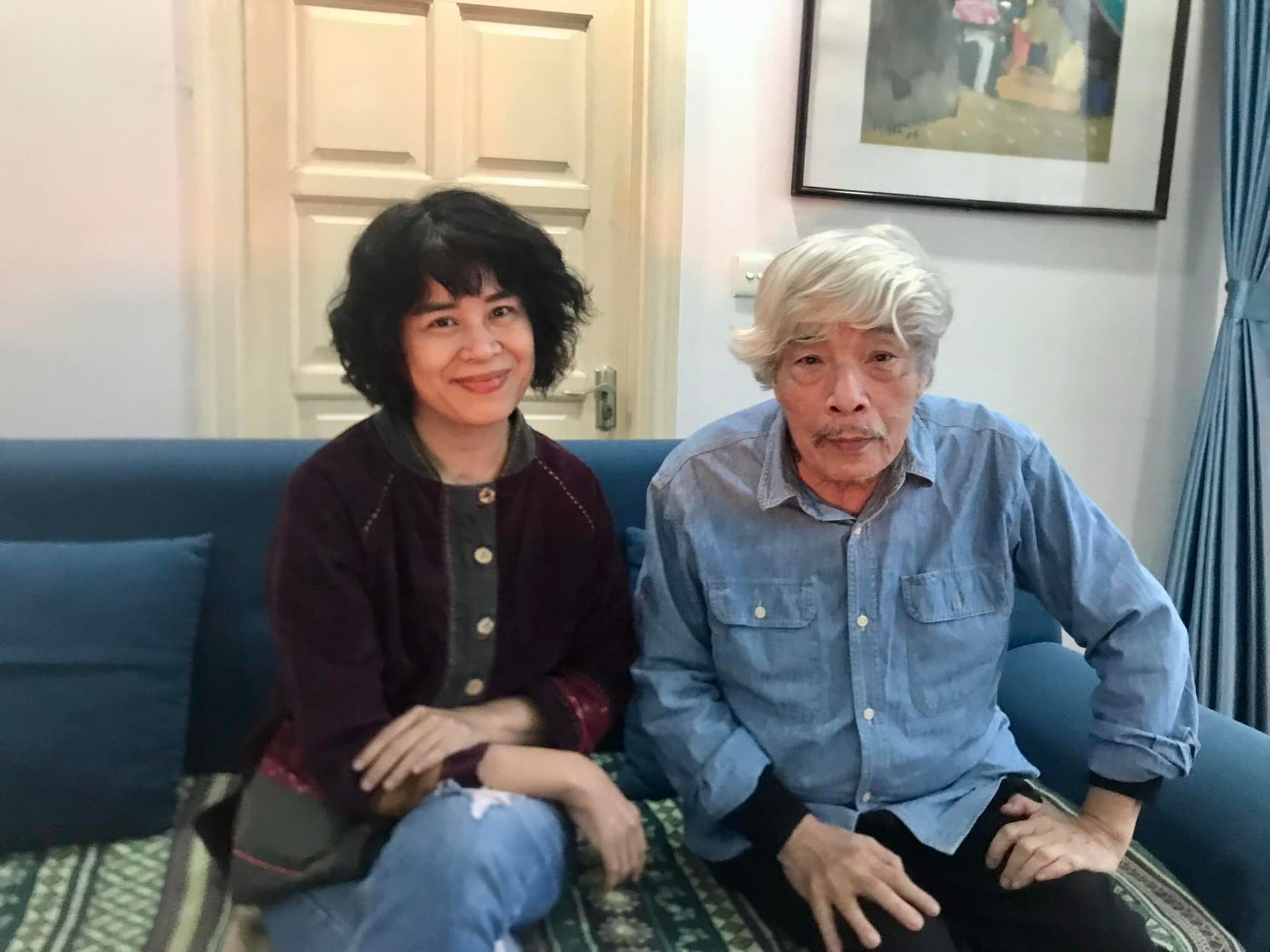
Do you see your films as a way of educating the younger generation?
My films show how ordinary people, with ordinary lives, lived through the war. I want to reach young people to stir their emotions through these stories.
Like the mother searching for her daughter lost in Operation Babylift. That bond between mother and child is universal, anyone can feel it. And through that story, we remember that there was once such a time, a Saigon before reunification — something almost absent from television.
When empathy takes root in a story, history stops being distant. It becomes something that touches you.
At that point, history becomes a story of life and death, of separation and reunion, of joy and pain. It’s something deeply human — not just a collection of facts.
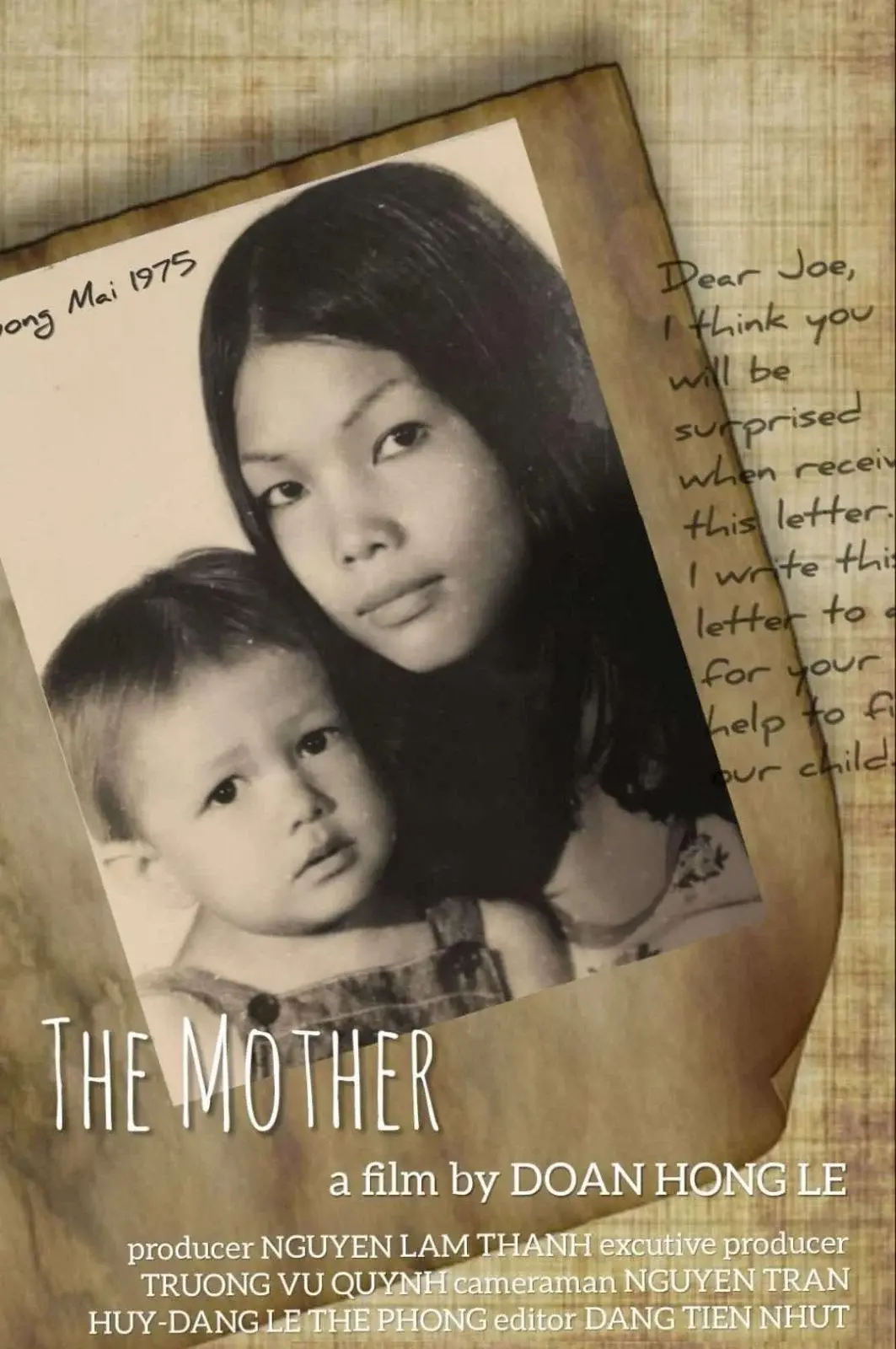
The war is long over — so should we keep moving with the proud present, instead of looking back at the wounds of the past?
When we don’t really know the past, we can’t live fully in the present. And if we do keep living, it feels hollow.
To understand the past is to untangle the problems of today.
In Vietnam, students often see history as just another subject in school. But history is more than that. It’s what shapes the present, and sketches out the future. That’s why we need to understand the past clearly, and learn to accept it — even the scars, even the mistakes. Because only by facing the pain can we draw out the lessons that make it possible to move forward, steadier than before.
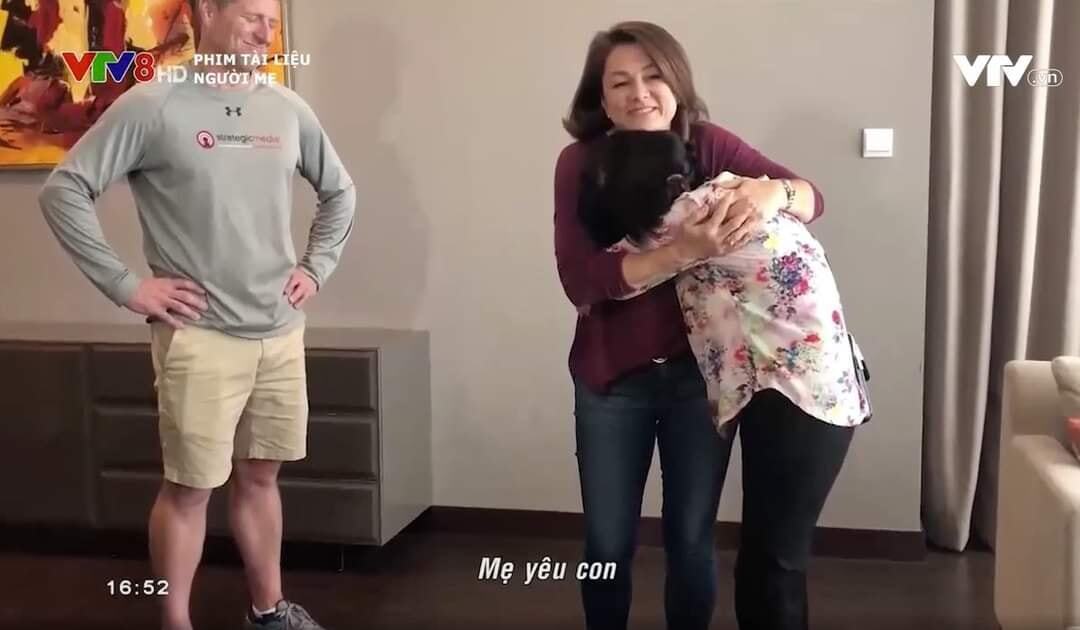
But to do that, don’t we have to reopen the wounds of the past?
You can’t bury the wounds of the past. You can try to ignore it, and yet it still lingers. It won’t vanish on its own. It won’t heal by itself. Healing only begins when you dare to face it. Only when you name the pain, when you understand it, can the real work of healing begin.
You were born into postwar stories. But your audiences are the Vietnamese youth who didn’t grow up with questions about the war. Does that create a distance between you, the filmmaker, and them? And if so, how do you bridge that gap?
Young people usually learn about history through textbooks, through fragments, without ever seeing the human faces behind the numbers or events. What I want to show through my films are the things that get left out: the emotions, the fates of ordinary people.
In textbooks, history often comes in a single version. But if you look deeper, you can see many angles. Mothers who lost children. Orphans on both sides of the frontline. The same pain, mirrored. When faced with that, young people will feel unsettled. Unsettled by stories that come from different sides of history. And that unease is necessary. Because nothing is ever just one-sided.
What matters is that young people dare to question, dare to search. And when you’re young, you still have the time and the courage to go looking for the truth.
